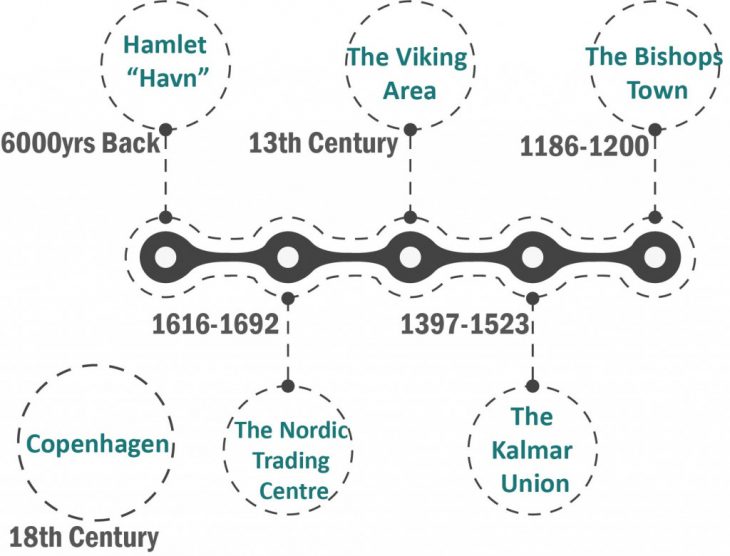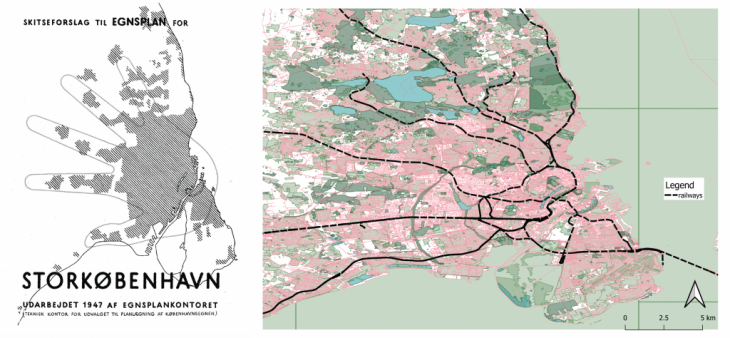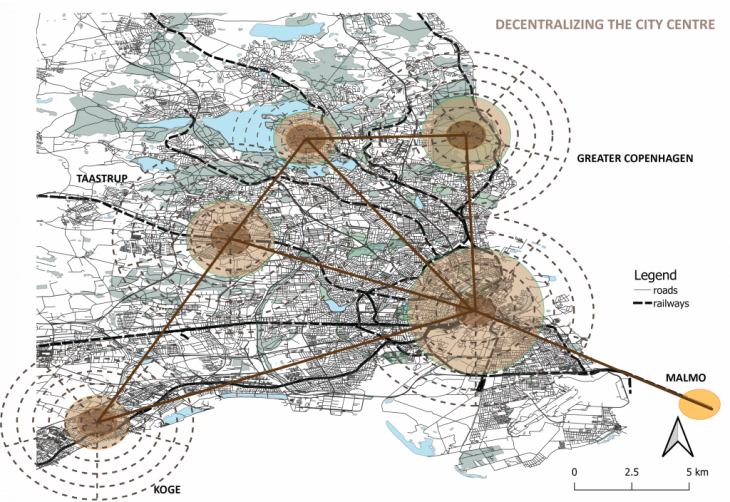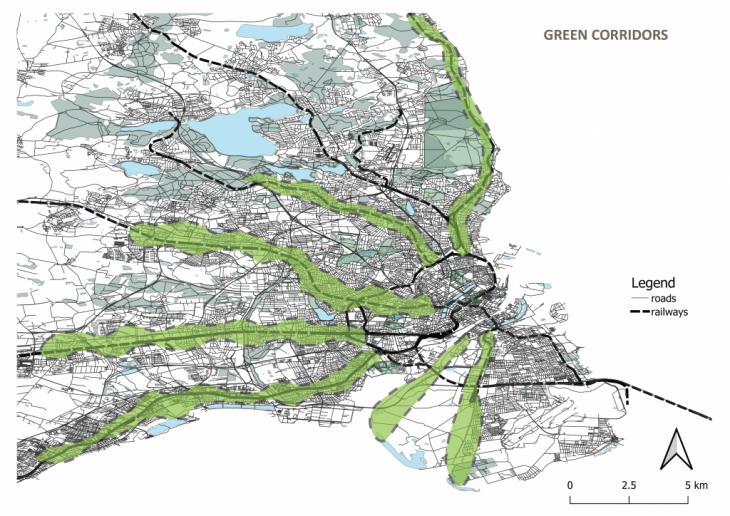Bicycle City: Copenhagen
Copenhagen has revolutionized its urban planning with its focus led to use of bicycles as the integral part of urban planning. The far-sighted city has achieved its objectives of Sustainable and Livable City through active public participation and commitment to the City Environment. The role model city having known as “City of Bicycles” has been on forefront in Urban planning which makes it worth a study and questions how it is prepared for future years to come?
“City Of Human Scale”
Birth of Copenhagen:
City of Copenhagen has its roots back to 10th Century and is Capital city since 15th Century. The strategic location of this harbour has witnessed many power struggles and always held key position. Once the Harbour of Vikings served a Gateway to the Sea and control of Nordic Regions, Norway and Sweden.
 Following World War II in 1947 The Transport Oriented design and strategy for development of Copenhagen was proposed by The Regional Planning Office under Five Finger Plan.
Following World War II in 1947 The Transport Oriented design and strategy for development of Copenhagen was proposed by The Regional Planning Office under Five Finger Plan.
“Transport Oriented Development”
Analysis :
Five Finger Plan :
The Regional Planning office identified “Palm “with fingers as the nodal indicators for the development which guided the central network for transport system. The main railway lines connect to other major cities of Denmark.

The growth of city in 19th Century remarkably shows growth around the railway lines.The City centres have remained main work areas and people commute from fringe areas to city centers.40% of Population prefers commuting with Bicycles.
Decentralizing The City Centre:The dense road network in the plans denotes the cycling track network of the city. By creating new suburbs and diversifying works areas city can mitigate traffic of bicycles on the roads and can majorly impact future infrastructure costs. By adding new suburbs the average cycling distances within the nodes could get attention and more focus on cycling tracks is possible.

Green Corridor:
Since 1947,the areas between the Fingers in the Five Finger Plan were the green wedges reaching the city Centre. The expansion of city in last 50yrs has left the essence of the initial plan. Greens have moved to the fringe areas with development over the years.City struggles for parks, open spaces and recreational areas. By introducing Green Corridors along the main roads and creating landscapes conducive for long travel corridors by Bicycle. These ecological corridors can improve biodiversity in the urban landscape, improve urban ventilation,remove heat islands due to roads. The greens can create pleasant Cycling experience through the meandering streets covered with woods which provide shade during cycling.
Credits:
City of Bicycles:Copenhagen, is a project of IAAC, Institute for Advanced Architecture of Catalonia developed at Master in City & Technology 2020/21 by Student: Kshama Hippargekar-Patil, and Faculty: Manuel Gausa, Nicola Canessa & Giorgia Tucci.